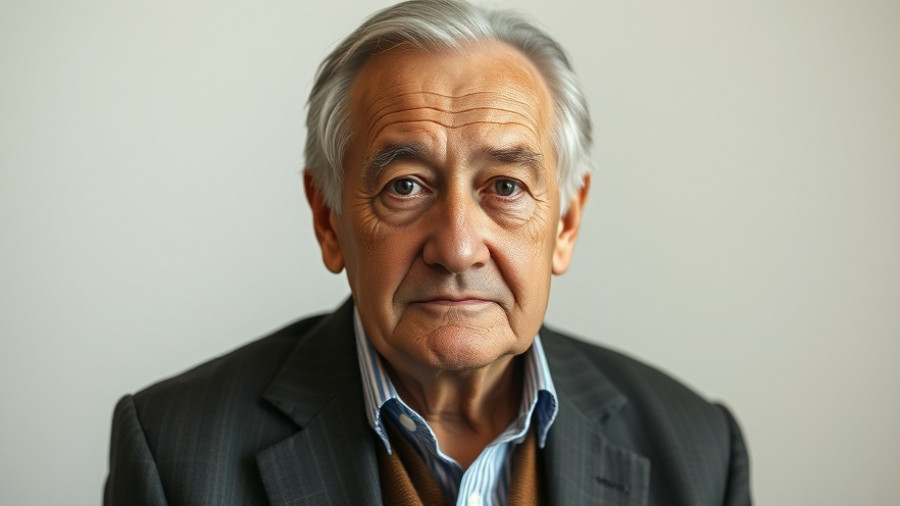
Branson's Eurostar Rivalry: A Chance for Economic Growth in Kent
As plans solidify for new train routes through the Channel Tunnel, Sir Richard Branson faces calls to reconsider his approach in an increasingly competitive rail sector. With the advent of competing services aiming to break Eurostar’s 30-year monopoly, the importance of serving Kent and east London stations is drawing increased scrutiny from officials and stakeholders alike.
Why Kent Stations Matter
During a recent event in Ashford, Kent, Rail Minister Lord Hendy emphasized the need for proposals not to overlook local stations like Ebbsfleet and Ashford. These stations, which were previously served by Eurostar until 2020, could unlock an additional £500 million annually for the visitor economy if reinstated. This perspective is vital as it aligns the economic interests of local communities with broader transportation goals—something Branson's Virgin Group must consider in their plans.
Competing Proposals: What Sets Them Apart?
Branson's strategy involves direct trains from London St Pancras to major European cities like Paris and Amsterdam, although it may echo Eurostar’s offerings too closely according to some critics. In contrast, the newcomer Gemini Trains promotes a more inclusive vision by prioritizing stops at Kent stations. Their CEO, Adrian Quine, argues that this approach would cater to nearly 20 million potential passengers. With established links to major highways and ample parking, Gemini suggests it has the edge in attracting commuters.
Regulatory Decisions Ahead
The Office of Rail and Road (ORR) is set to determine which operator can utilize maintenance facilities at Temple Mills, with a decision expected by the end of October. As Virgin, Gemini, and other competitors submit their bids, the implications of these decisions can transform the future of rail travel and economic development in the region for years to come.
For financial institutions and service providers, understanding the dynamics of these rail proposals is crucial. Not only do they influence travel habits, but they also tie into larger trends in economic growth and consumer behavior along the southeast route.
 Add Row
Add Row  Add
Add 




Write A Comment